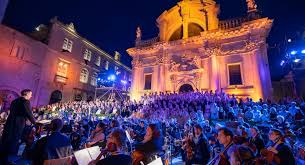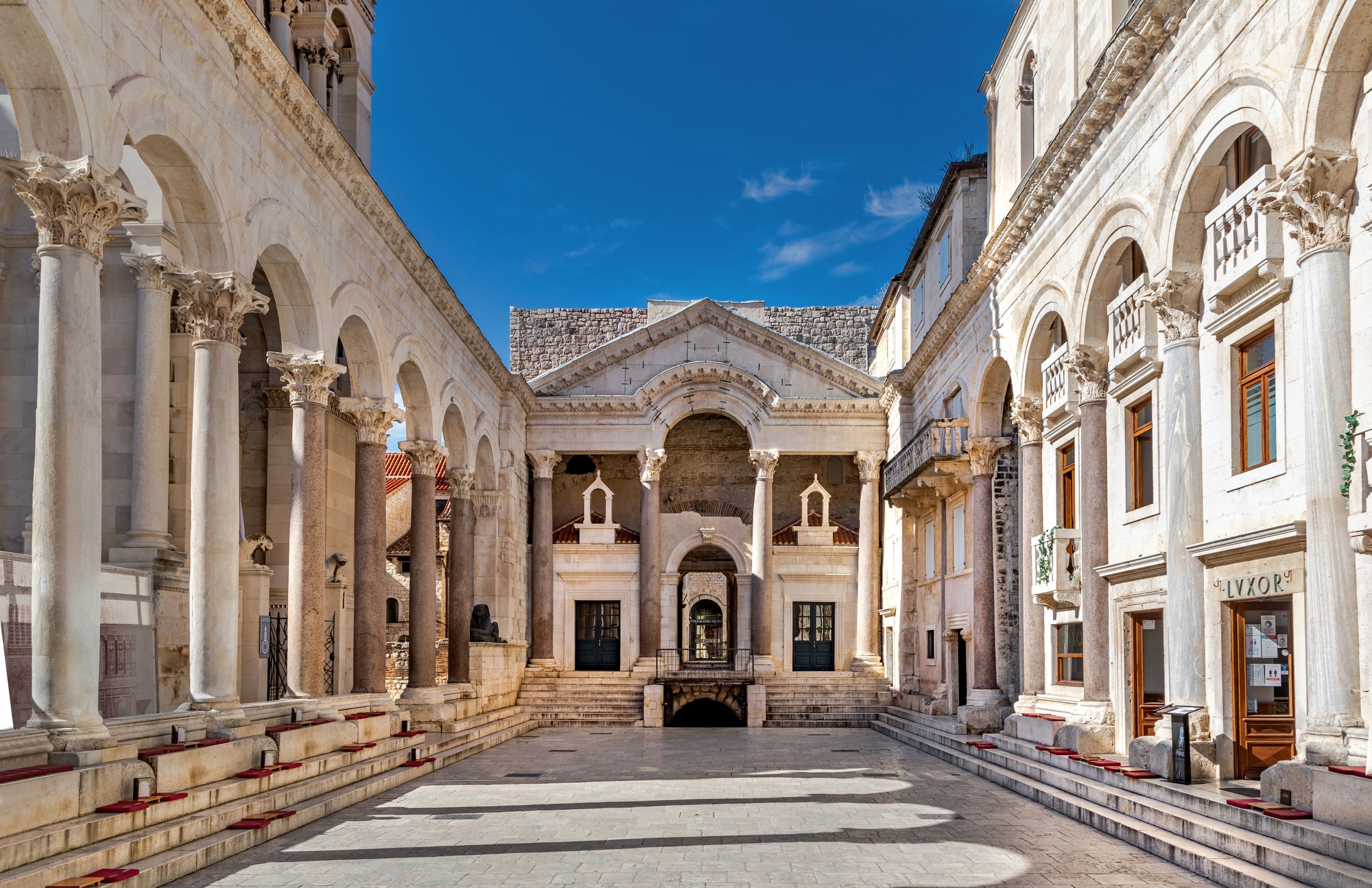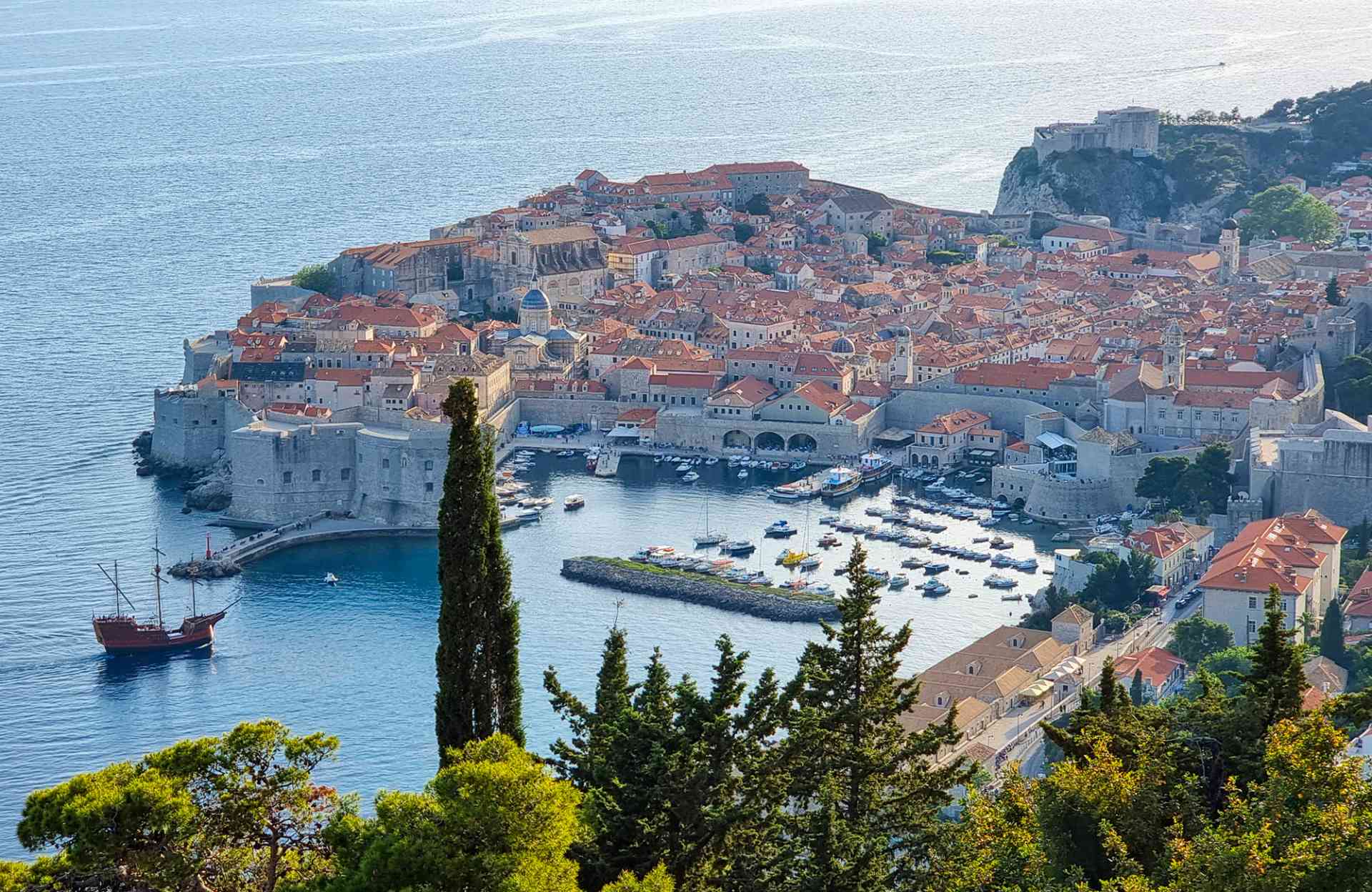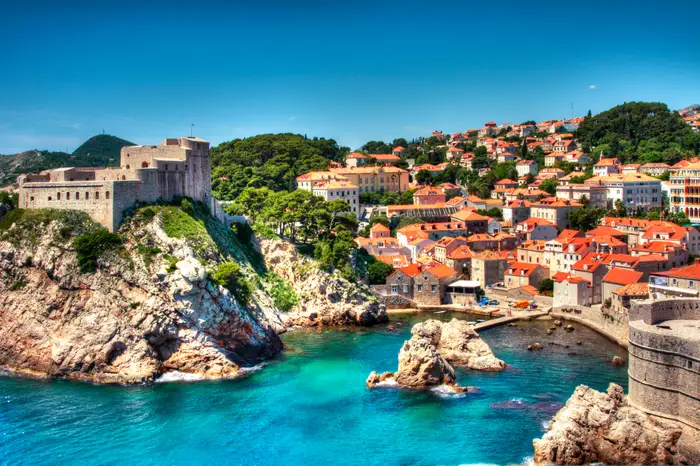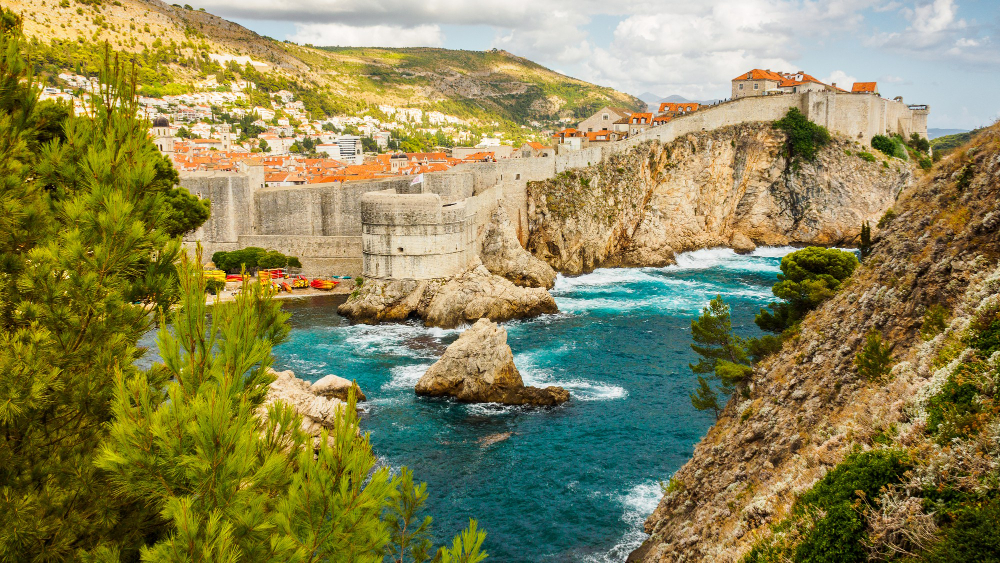Croatia: From Roman Ruins to Crystal-Clear Waters
Croatia Uncovered: Adriatic Gems and Heritage
Croatia is a country of breathtaking landscapes, rich history, and stunning coastlines. Dubrovnik, with its medieval walls and charming Old Town, offers a glimpse into the past, while Split features the impressive Diocletian’s Palace and beautiful coastal views. Plitvice Lakes National Park, with its turquoise waters and cascading waterfalls, is a nature lover’s paradise. From the sun-kissed Adriatic islands to the vibrant cities and historical sites, Croatia offers a mix of culture, adventure, and relaxation, making it a must-visit destination for travelers.
Top
Destinations
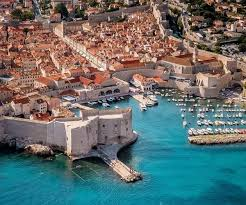
Dubrovnik
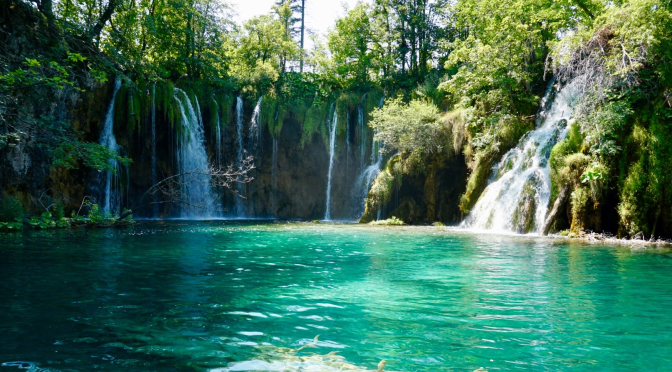
.png)
.png)
.png)
.png)

